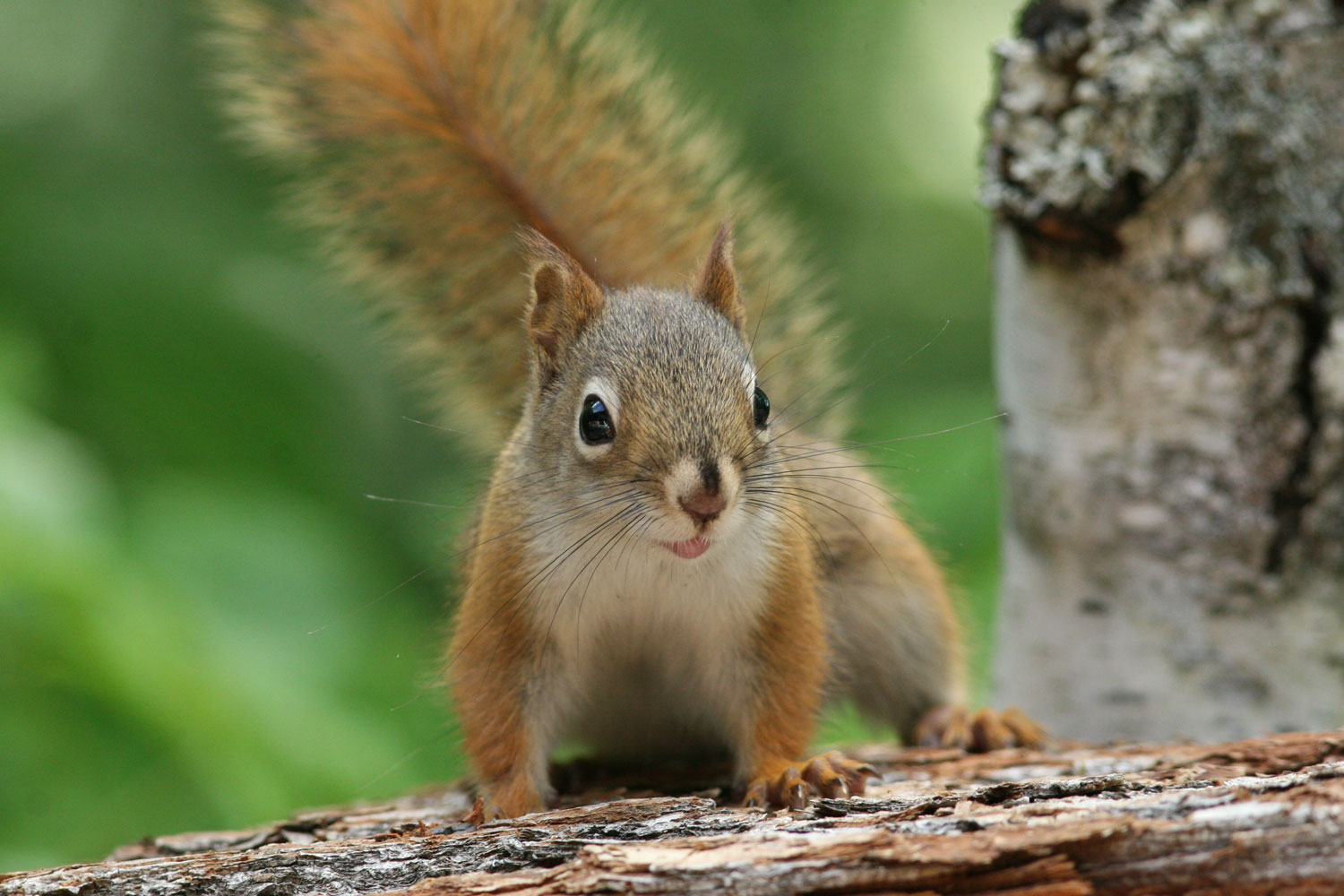Name that squirrel: Red squirrels pop up in a few Will County preserves

Most people are familiar with gray squirrels and fox squirrels, but there are two other tree squirrels populating Illinois’ woodlands, albeit in far smaller numbers.
In all, Illinois is home to four species of tree squirrels: the aforementioned gray squirrels and fox squirrels as well as southern flying squirrels and red squirrels. Southern flying squirrels live across the state, but are much more abundant in southern Illinois, Wildlife Illinois reports. Red squirrels live only in the northeastern corner of the state, including right here in Will County. They are most abundant near the Kankakee and Iroquois rivers.
Red squirrels disappeared entirely from Illinois early in the 1900s and then returned 70 years later, said Becky Blankenship, wildlife ecologist for the Forest Preserve District. Because they had long been absent, researchers from Eastern Illinois University studied this new population of red squirrels as well as red squirrels from surrounding states. By studying the squirrels’ genetics, they were able to determine the Illinois population migrated to the state from Indiana and Michigan.
Here in Will County, red squirrels are known to live in a few spots. Within the preserves, they’ve been recorded at Thorn Creek Woods Nature Preserve in Park Forest and Evans-Judge Preserve in Wilmington. At Evans-Judge, Blankenship has seen the squirrels in the tree line along the trail that goes to the Kankakee River.
Red squirrels have a limited range in Illinois. They likely live only in the northeastern corner of the state because the population expanded from the neighboring states of Indiana and Michigan, Blankenship said, adding that the research conducted by Eastern Illinois University suggests they are using forests along the Kankakee and Iroquois rivers as travel corridors.
While the population of red squirrels in Illinois is quite small, they are not listed as threatened or endangered in the state. That’s because their population and range are actually expanding here, Blankenship said.
Red squirrels are most often associated with pine forests, but they can also be found in deciduous woodlands in areas where pine trees are sparse, Blankenship said.
Behaviorally, red squirrels are quite similar to their common cousins, the gray squirrel and fox squirrel. All three are active during the day and are commonly seen on the ground and in trees, Blankenship said. They also all have similar diets, eating mostly plant matter such as seeds and nuts along with other vegetation. These squirrels are also an important food source for animals higher up the food web, including coyotes, owls, foxes and other predators, Wildlife Illinois reports.
How do you know if the squirrel you are seeing is a red squirrel and not a gray squirrel or fox squirrel? Their size is a helpful identifier. Red squirrels are quite a bit smaller than either of the more common squirrels, Blankenship said. The fox squirrel is the biggest of the three and can be 29 inches long from nose to the tip of its tail, the Missouri Department of Conservation reports. Gray squirrels can measure up to 21 inches long, while red squirrels are usually between 10 inches and 15 inches long.
Red squirrels also have different coloring than other tree squirrels, Blankenship said. They have orangish-red bodies and tails with white underbellies. Meanwhile, fox squirrels have orangish tails and underbellies, while gray squirrels have gray bodies and tails and white underbellies.
The tails of red squirrels are smaller and less bushy than that of other squirrels, according to the University of Michigan's Animal Diversity Web. One more physical feature that can be used to help identify them is a ring of white fur around their eyes.
